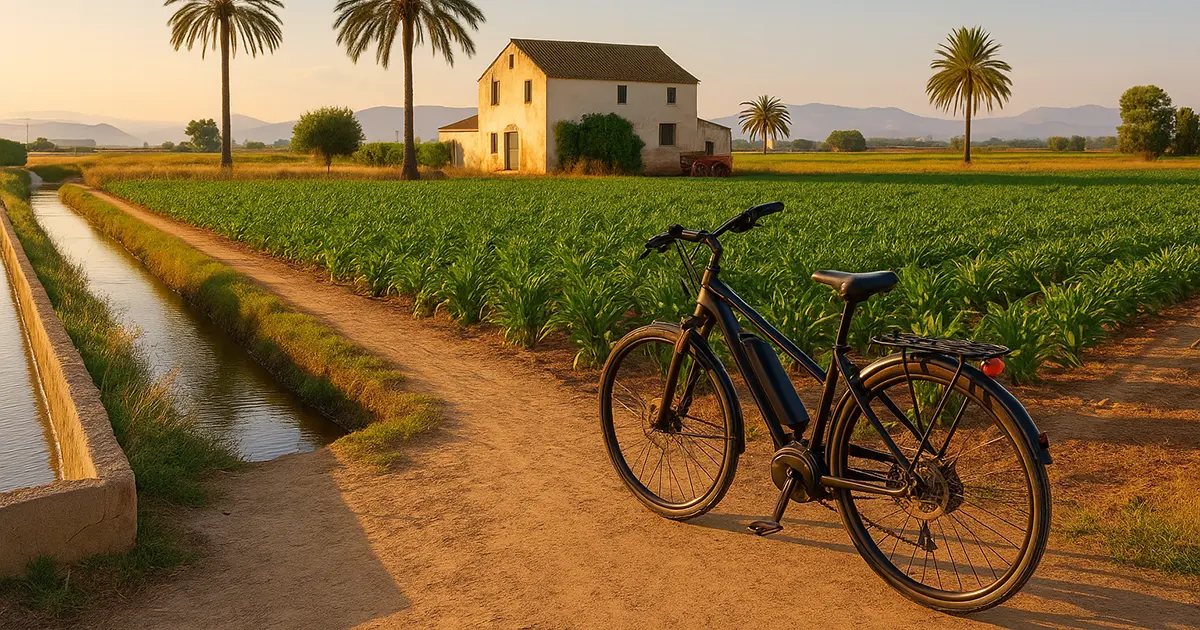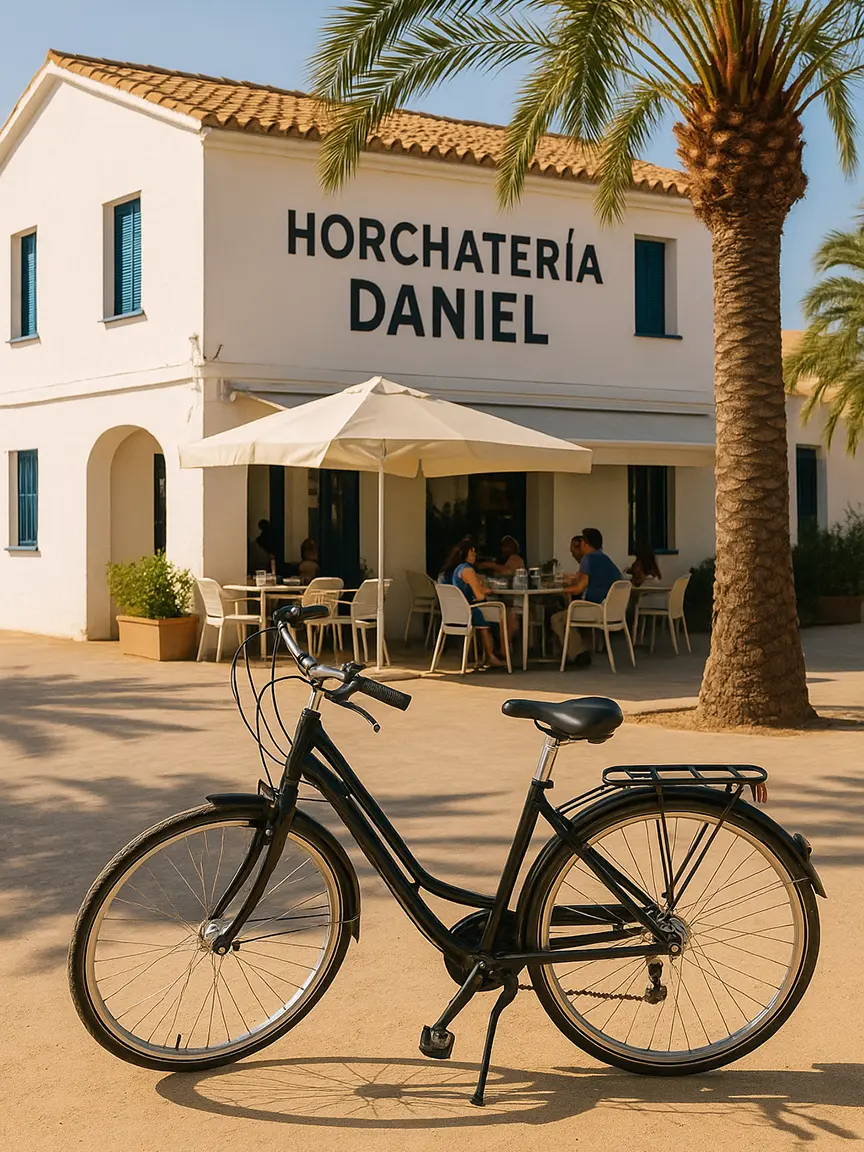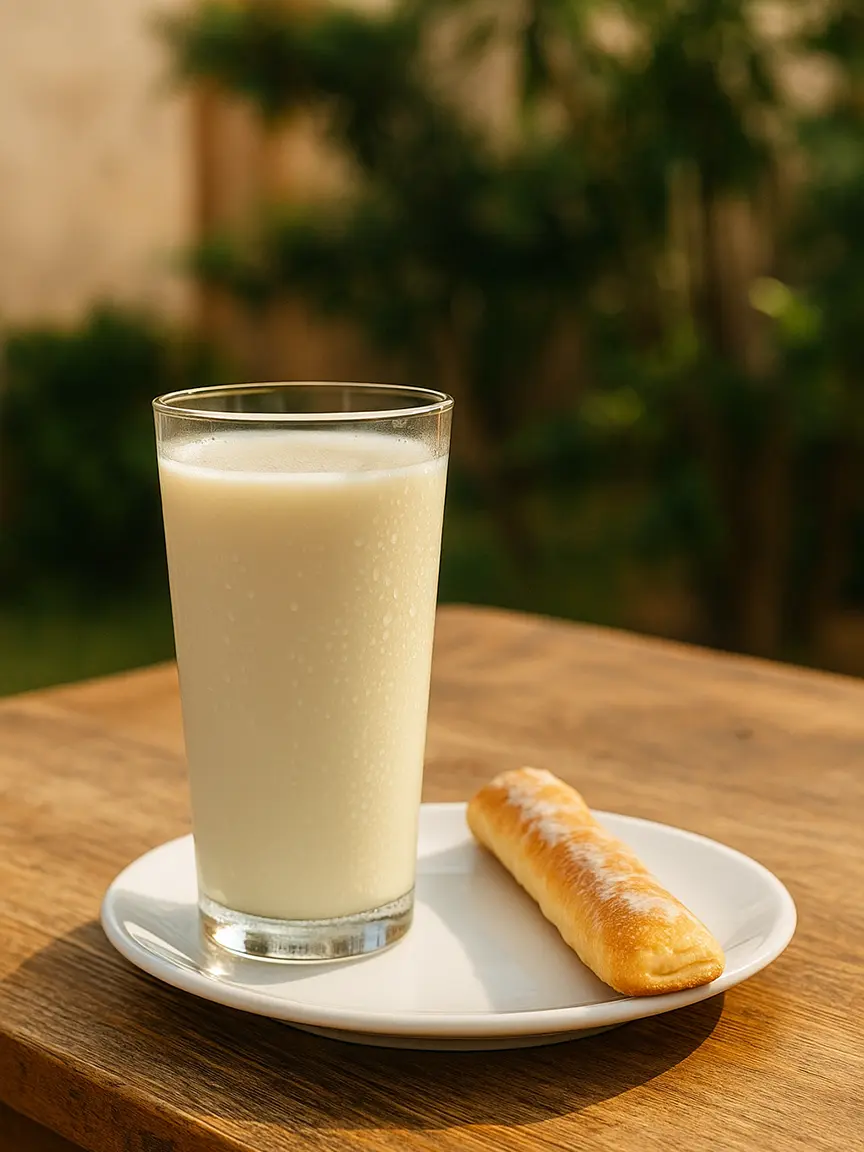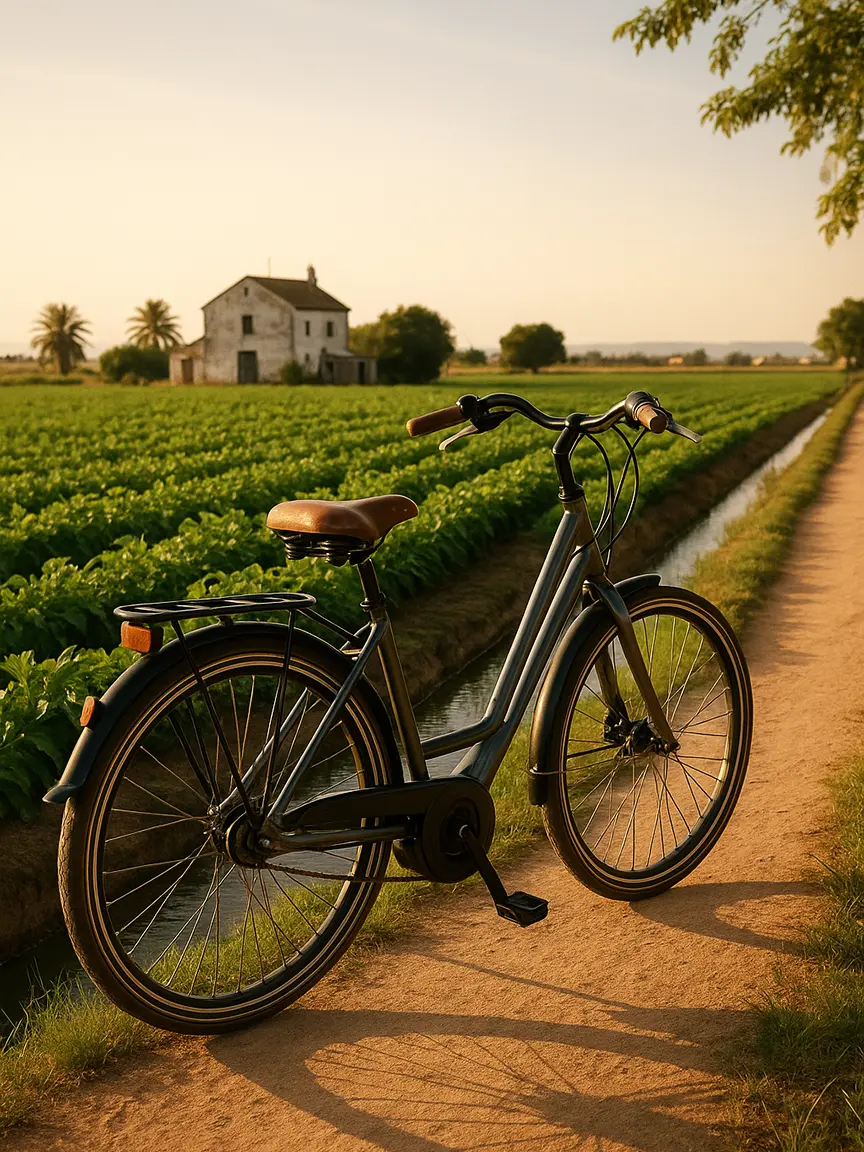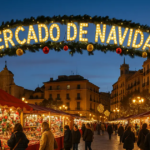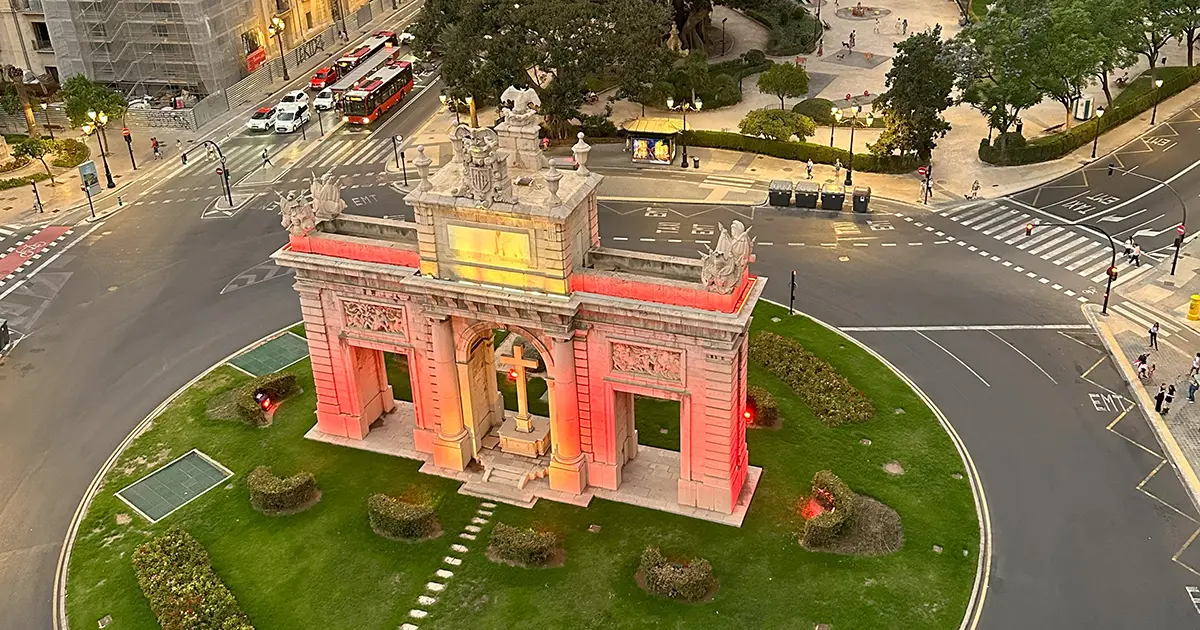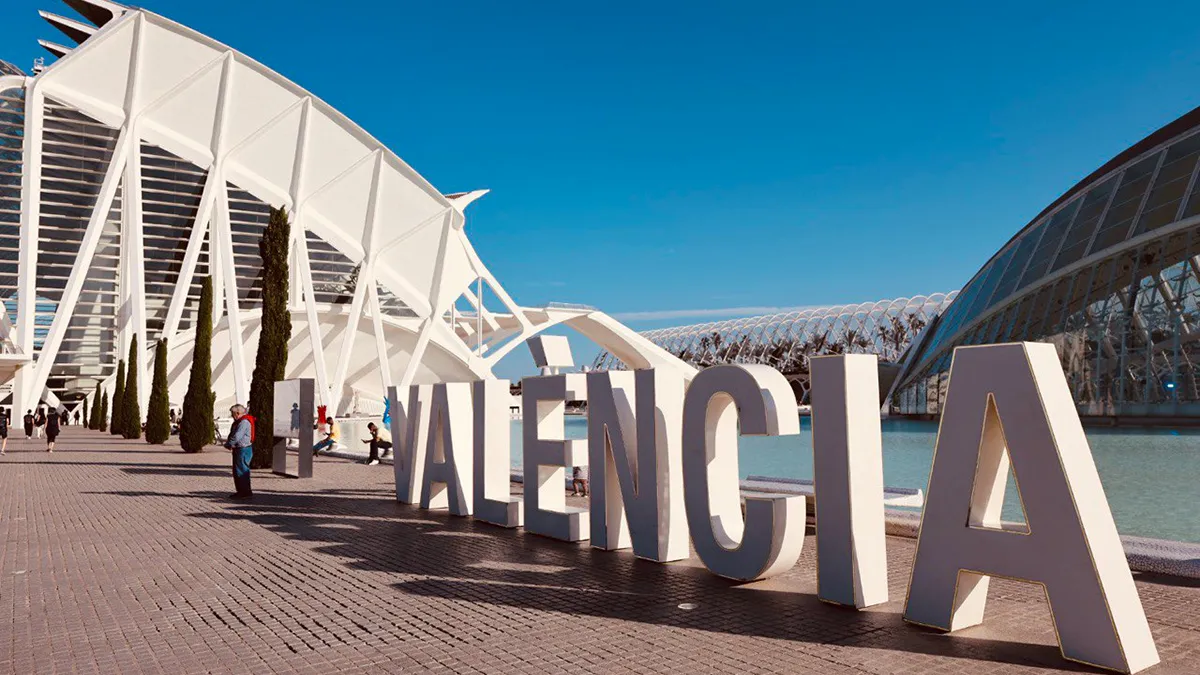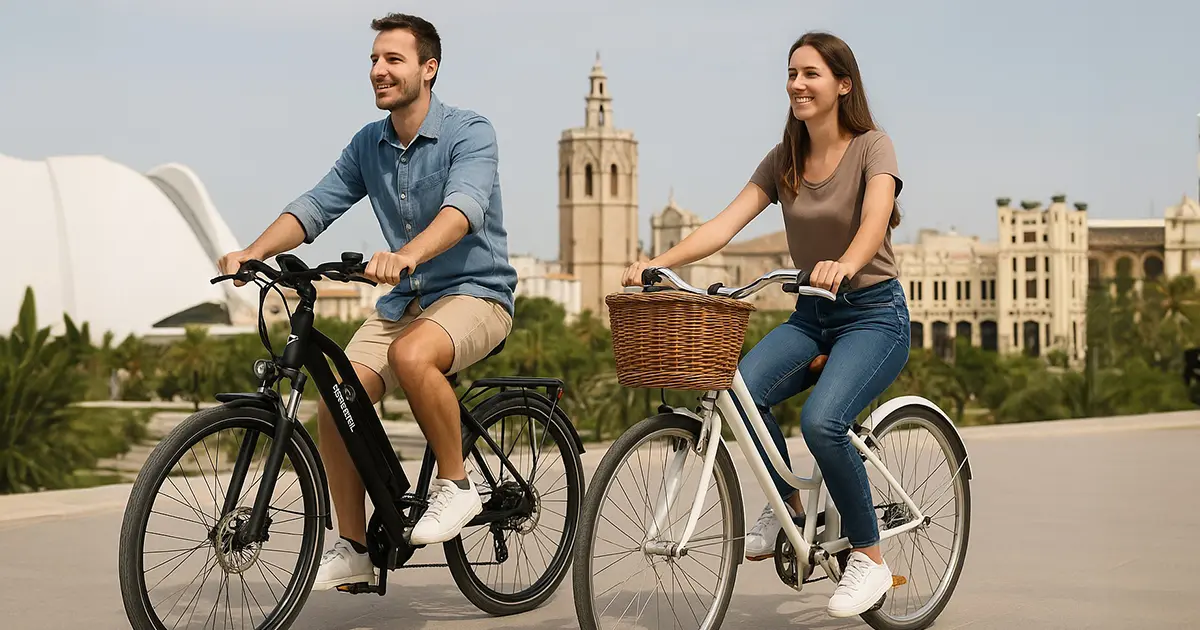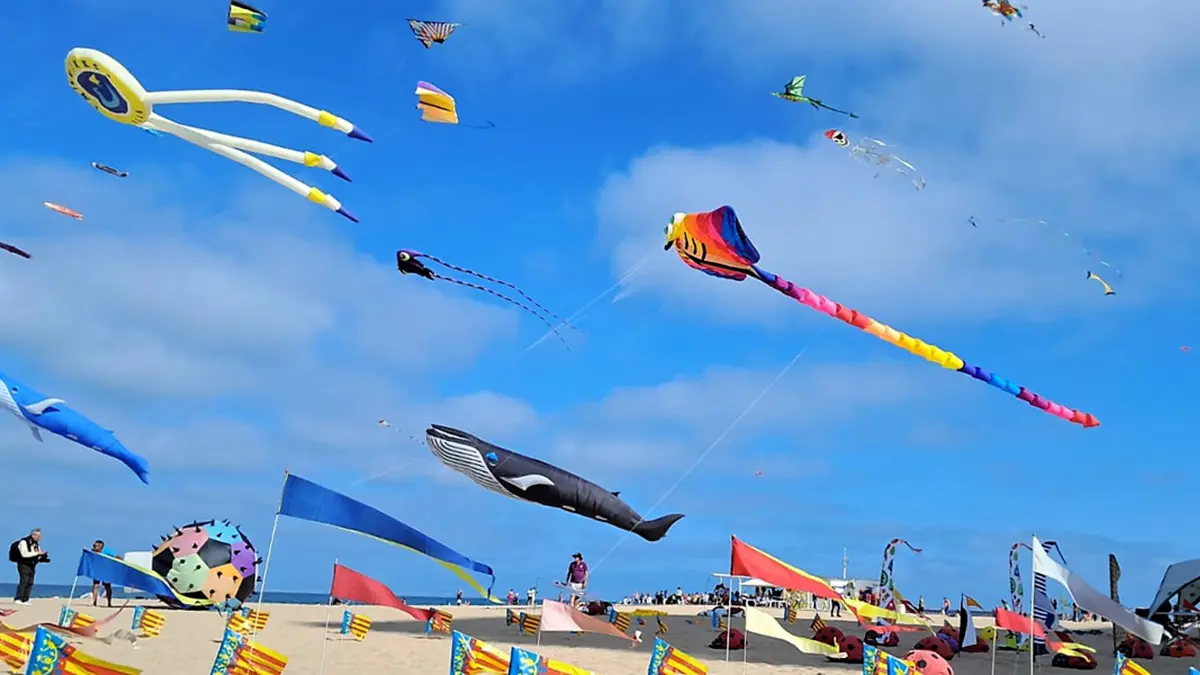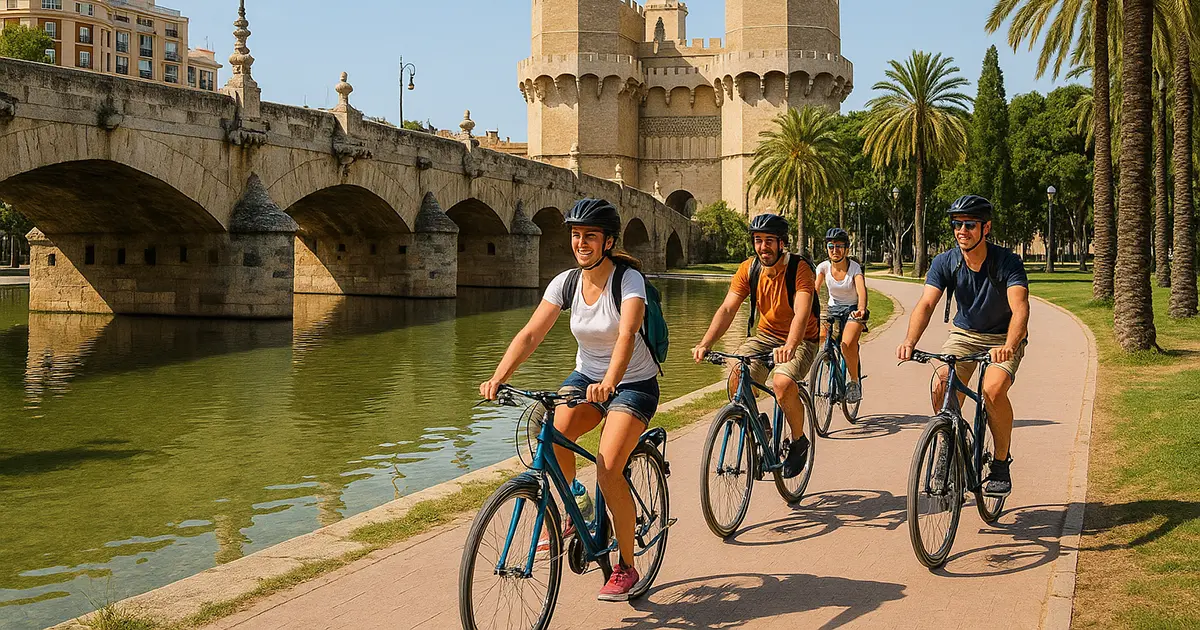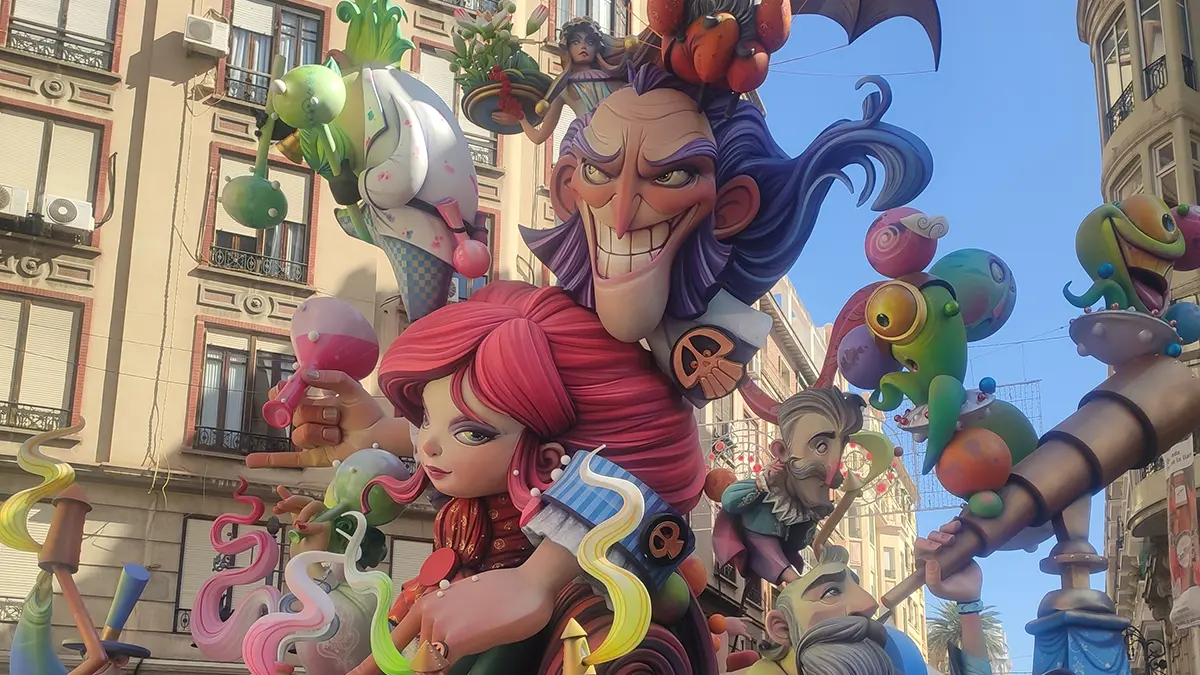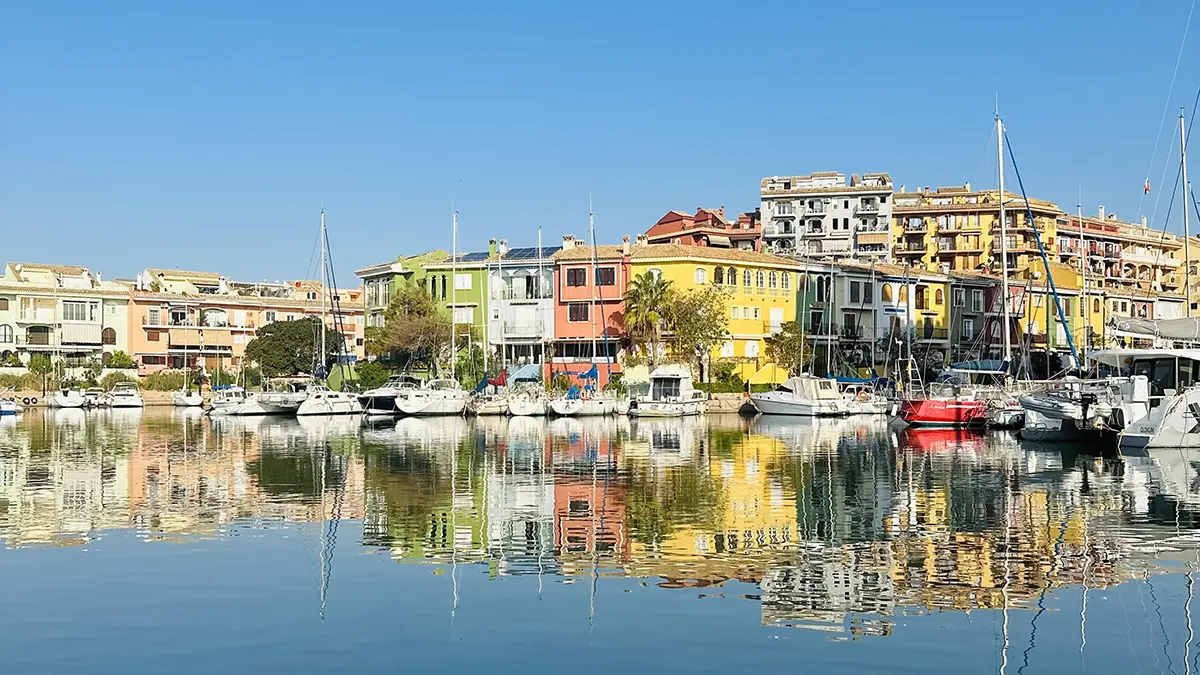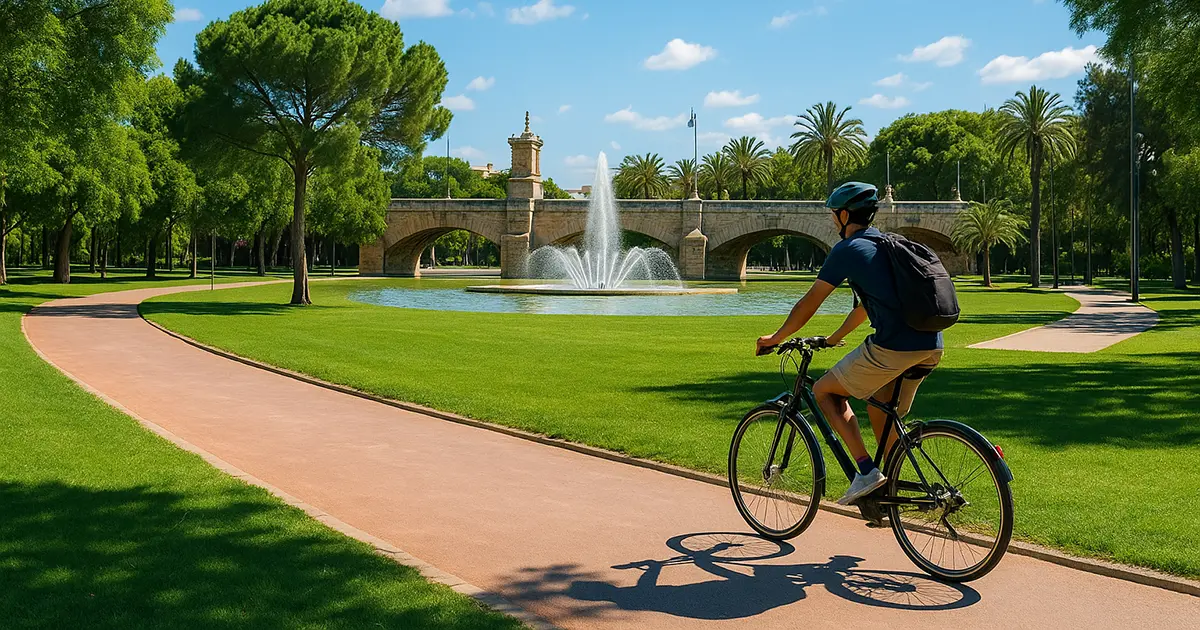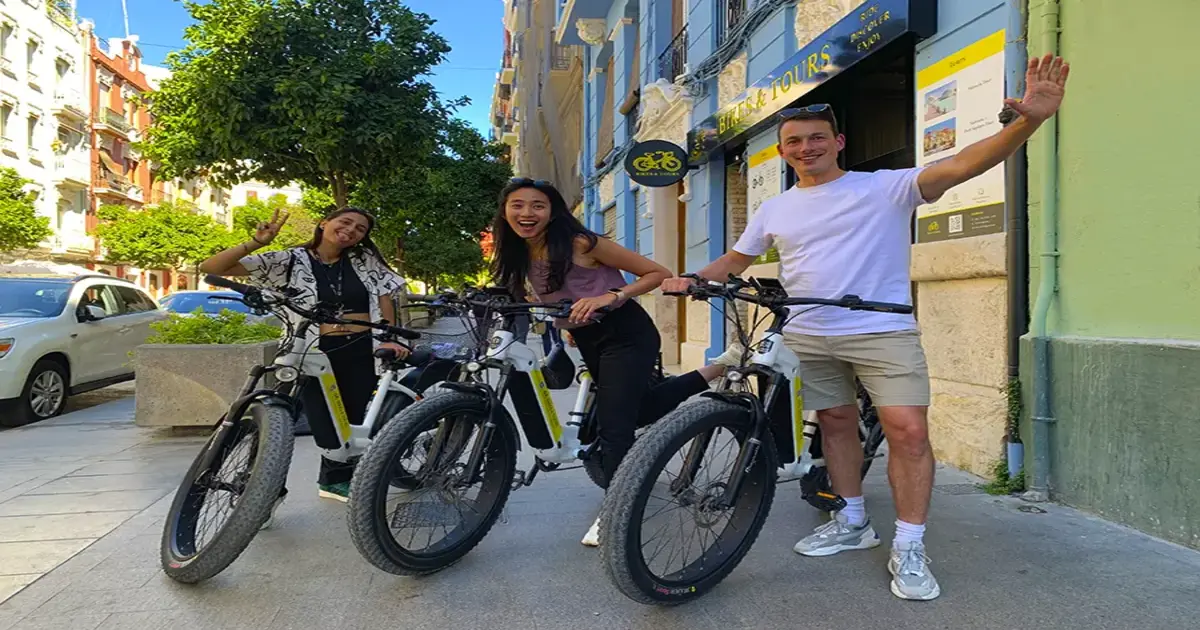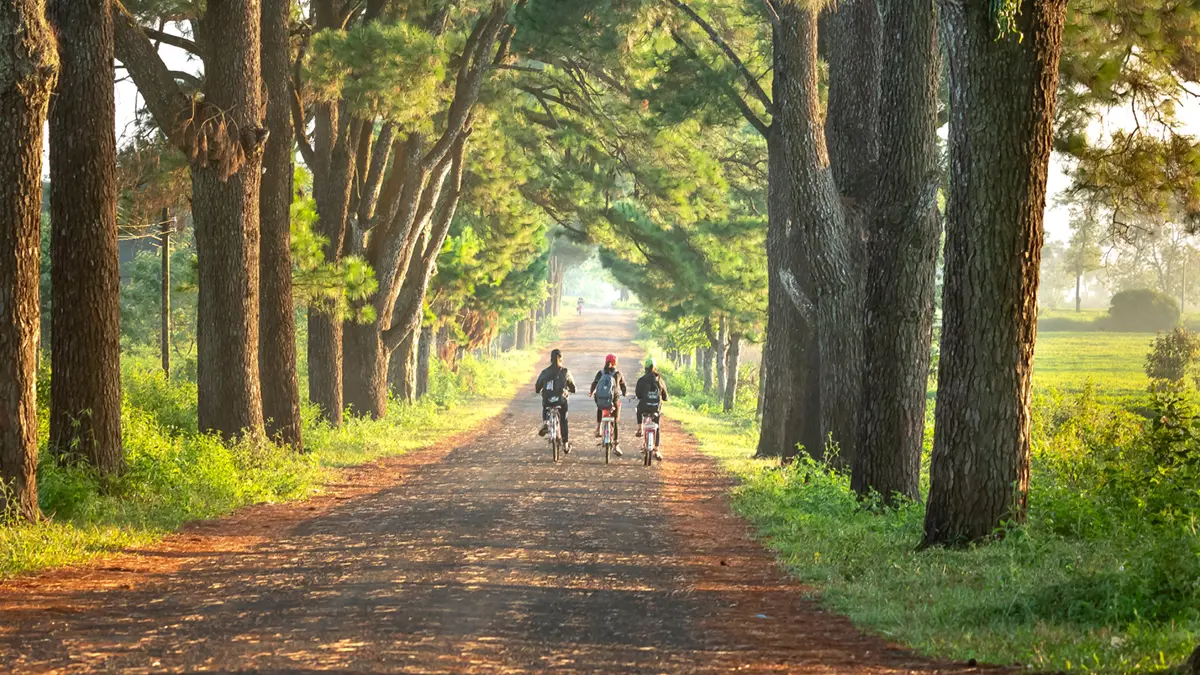It started with a sip.
I was sitting in the shade of an old farmhouse in Alboraya when I had my first taste of freshly made horchata. Ice-cold, earthy, sweet, and unlike anything I’d ever tried before. A local farmer, Miguel, had just poured it for me, smiling with the quiet pride of someone sharing a family treasure.
“Do you know where this comes from?” he asked.
What followed was not just a conversation, but a journey — one that led me deep into the Huerta Valenciana on two wheels, following the Horchata Route: a delicious, cultural, and visually stunning bike ride through fields, villages, and centuries of tradition.
Now, I’m sharing that journey with you. Let’s ride.
What Is the Horchata Route?
The Horchata Route (Ruta de la Horchata) is a flavorful, immersive cycling route just outside the bustle of Valencia. From the city’s edge, you follow ancient irrigation paths and quiet farm roads into the green heart of the Huerta Valenciana — a living landscape where horchata and its source, the tiger nut (chufa), have been cultivated for centuries.
This route isn’t just about riding — it’s about pausing, tasting, chatting, and reconnecting with slower rhythms.
Why Explore It by Bike?
I remember gliding past citrus groves with the scent of orange blossoms in the air. The path was flat and easy, with hardly another soul in sight. A couple of locals waved from a passing tractor, and I stopped to photograph a traditional alquería, its tiled roof glowing in the sun.
Here’s why the bike is your perfect companion:
- Flat, scenic terrain makes it accessible for everyone.
- Freedom to explore backroads and stop for photos or snacks.
- Close to the land — you feel every scent, every breeze.
- Eco-friendly and quiet — leave only tire tracks.
With bike rental in Valencia or a curated Valencia bike tour, the logistics are easy. All that’s left is to ride.
A Taste with History: What Is Horchata?
Imagine a drink with over 1,000 years of history.
Horchata (orxata in Valencian) is made from soaked, ground chufas (tiger nuts), blended with water and sugar into a creamy, cooling beverage. It’s served ice-cold, often with soft, sweet pastries called fartons.
The tradition runs deep: entire families have grown chufa on the same fields for generations. Valencia even has a D.O. (Denomination of Origin) for its tiger nuts, protecting their origin and quality.
“My grandfather taught me how to pull them from the soil,” Miguel had told me, holding a handful of the wrinkled little tubers. “It’s more than farming. It’s who we are.”
Into the Huerta: Cycling Through Valencia’s Fertile Soul
The Huerta Valenciana is a green belt that cradles the city, bursting with life and history. The ancient Moors left behind an intricate irrigation system, still in use today. As you ride, you’ll pass:
- Quiet acequias (irrigation canals)
- Fields of chufa, artichokes, and citrus
- Songbirds flitting through olive trees
- Weather-worn farmhouses and hand-tended plots
You don’t just see the land. You feel its pulse.
Main Stops Along the Horchata Route (and Stories in Between)
1. Alboraya — Where Horchata Has a Heartbeat
Alboraya isn’t just the capital of horchata. It’s a village where time feels slower. I parked my bike at Horchatería Daniel, ordered a glass, and struck up a conversation with a woman named Rosa. Her family had been farming chufa for 80 years.
“You have to feel the land between your fingers,” she said. “And then you taste it in the drink.”
2. Camí de Vera & Camí Fondo
These ancient farm tracks are portals to the past. Birdsong fills the air. Sunlight filters through fig trees. I stopped more than once to admire tiled murals on alquerías and pick a fallen orange from the path.
3. Ermita de Vera & Torre de Albalat
Here, history stands quietly. The small hermitage is perfect for reflection; the Torre once guarded the farmland from pirates. These spots add a sense of story and resilience to your journey.
4. Villages of Horta Nord
Names like Almàssera and Meliana dot the route. They’re full of quiet corners, church bells, laundry lines, and neighborhood horchaterías. In Meliana, a local kid showed me where to get the “best fartón in town.”
5. Chufa Farms
A highlight of my ride was visiting a small organic farm. The owner, Carlos, let me taste *chufas* straight from the ground and explained their drying process. It was hands-on, earthy, and full of laughter.
6. Trenet de la Chufa
When the sun dipped low, I hopped on the quaint local train back to Valencia. Bikes welcome, and so is the tired, happy smile of someone who has pedaled through a piece of living history.
Pro Tips for the Ride
- Bike type: City or e-bike recommended.
- Time to go: Morning light is magical. Spring and early summer are ideal.
- Bring:
- Water
- Sunscreen
- Small cash bills
- Curiosity
Stay on paths, wave to locals, and breathe deeply.
Where to Taste the Real Deal
- Horchatería Daniel: The gold standard. Sit outside and soak it all in.
- Sequer Lo Blanch: Feels like a cultural center meets horchata lab.
- Horchatería Panach: Family-run with vintage charm.
- Casa Elías: Unpretentious and unforgettable.
Each place has its own recipe, its own rhythm. Try more than one.
More Than a Drink: A Cultural Ritual
Horchata is a way to connect: with strangers, with roots, with the past. I watched a grandfather teach his granddaughter how to dip her fartón without breaking it. She giggled, and everyone around smiled.
That’s horchata. That’s the Huerta.
Conclusion: A Ride into the Soul of Valencia
This isn’t just a bike ride. It’s a journey into taste, tradition, and timelessness. It’s about slowing down. Listening. Sipping.
So, take the ride. Meet the makers. Taste the roots.
Ready to Ride and Taste?
Want to discover Valencia beyond the usual sights? Book your bike or e-bike and enjoy the Horchata Route with Bikes & Tours Valencia. Discover flavor, tradition, and slow adventure — all on two wheels.
Explore our curated Valencia bike tours, flexible bike rental options, and local insights to make your ride unforgettable.
